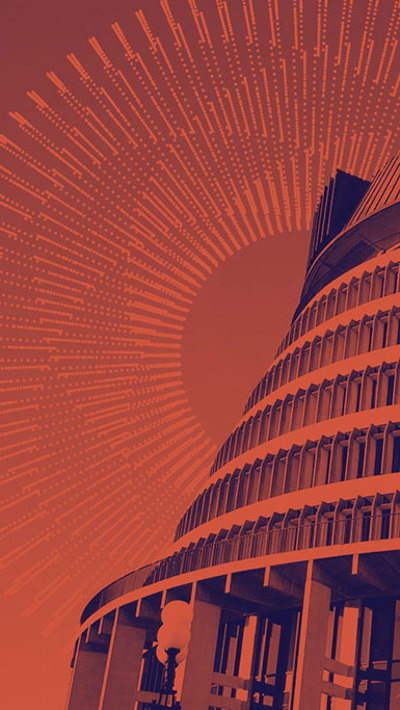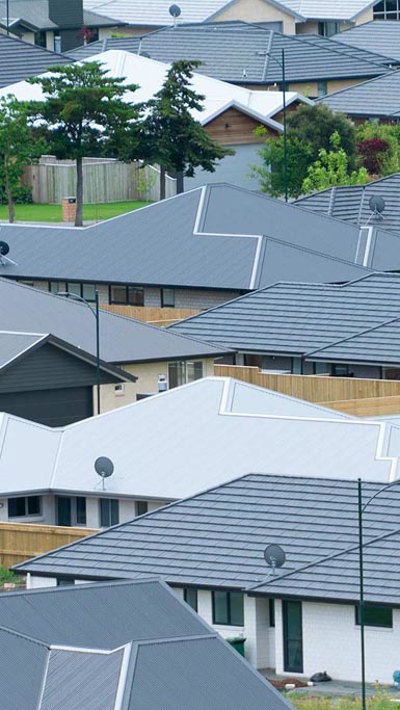Speak to our experts
Contents
Budget 2019 marks a new direction which should, as the wellbeing approach becomes more established and developed, encourage better decision-making.
It also marks a slight loosening of the Government’s fiscal stance, although within the constraints of the Budget Responsibility Rules. And it delivers a much overdue $1.9b boost to mental health services.
But it is more catch-up than transformational, and is modest in relation to the Government’s year of delivery promise.
Economic and fiscal overview
The economy is projected to continue to operate at “near full capacity” with continuing low unemployment and high labour market participation rates. Treasury’s GDP track is for growth of 2.4% in the year to this June followed by 3% and 2.8% in the next two years.
Looser fiscal stance
The Government has loosened its fiscal stance from contractionary to neutral for this year and next year (although still mildly negative from 2021).
It has increased the core spending budget by $10.7b over the next three years and its operating allowance to $3.8b this year and $3b next year before returning to the $2.4b ‘default’ position.
The traditional single year capital vote has been shifted to a multi-year capital allowance which should enable the Government to better signal the pipeline and scale of investments it intends to make. The capex provision to apply over this and the next three budgets is $14.8b, up $1.7b on the previous amount.
This loosening has been achieved within the constraints of the Government’s budget rules. Net core Crown debt is forecast to hover around the 20% of GDP mark and the operating balance before gains and losses (OBEGAL), to show surpluses of $1.3b in 2019/20, $2.1b in 2020/21 and $4.7b in 2021/2022.
Infrastructure investment
The Budget allocates $10.4b of the $14.8b capex allowance. This includes:
- $1.2b for schools ($286.6m this year)
- $1.7b for hospitals ($850m this year and $200m over the next two years for mental health and addiction facilities)
- $2.9b for District Health Boards
- over $1b for KiwiRail
- $405.5m for the Auckland City Rail Link
- $84.3m for the Christchurch schools rebuild programme, and
- $283.3m for transitional housing.
New venture capital fund
A new $300m venture capital fund, administered by the Guardians of the New Zealand Superannuation Fund and invested by the New Zealand Venture Investment Fund through private sector fund managers, will support mid-sized ($2m to $15m) start-ups. This will be partially funded from a portion of the Super Fund’s $240m a year Government contribution from 2018 to 2022.
Climate change
The initiatives in this area seem small in relation to the scale of the response required. They include:
- $157m over four years to help businesses become more productive and develop high value, low emission products
- $107m to assist a just transition to a low carbon economy
- increased funding for agricultural research and for research into “cutting edge energy production”
- $49m to help transform the forestry sector
- $4m over four years to improve recycling and resource recovery, and
- $229m for a Sustainable Land Use Package to restore at risk waterways and support farmers to use their land more sustainably.
Skills
The big ticket item is the reform of vocational education, for which around $197m has been allocated from the Fees Free scheme non-spend. There are also allocations for a School Leavers’ Toolkit and to reduce unemployment among young Maori.
How different does the “Wellbeing Budget” look?
Finance Minister Grant Robertson said it would look more like a company annual report, and in some ways it does. In particular, it puts the focus on what the Government’s policy priorities are and how these will be promoted by the Government.
An effect of this, over time, should be to increase the Government’s accountability in two respects:
- whether its priority selection was correct (e.g. has sufficient attention been given to climate change, given that the Zero Carbon Bill is now before the House), and
- whether the budget delivered on the nominated objectives.
Much of the wellbeing information was already in the public arena so is unsurprising. But it does reinforce a key budget theme – that we need to make a substantial and sustained investment to improve the life prospects of New Zealand’s most disadvantaged and vulnerable citizens.
Enough for the teachers?
Probably not. The expansive school building programme should relieve overcrowding, but not the teacher shortage. The mental health boost should lower the stress levels in the classroom, but that won’t happen overnight.


























































